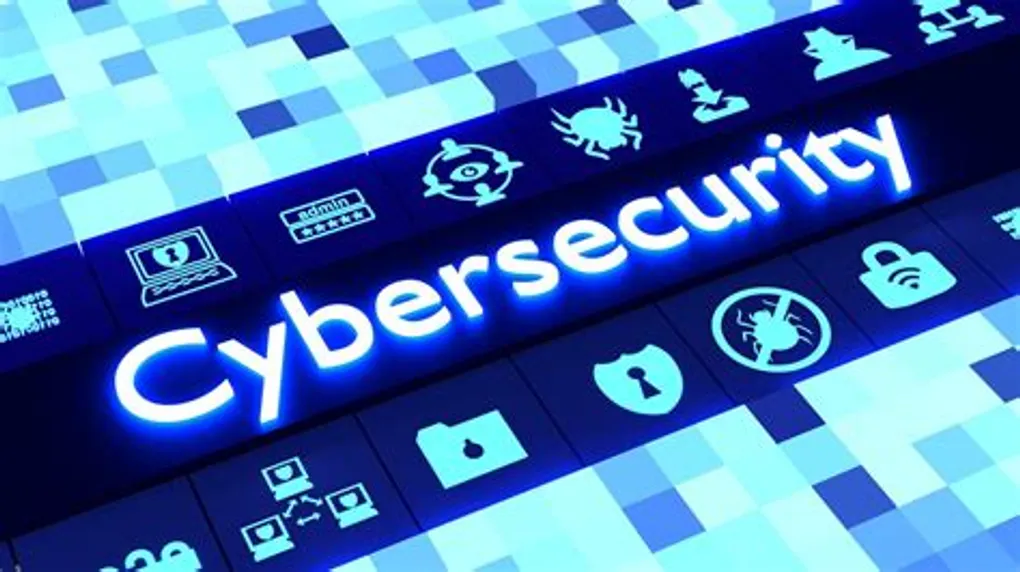
Introduction
“Hacking is an art, practised through a creative mind”
In the era of relentless digital transformation, cybersecurity has become a fundamental pillar of defense. With every byte of data created, transferred, or stored, there’s a potential threat looming. But what exactly is cybersecurity? And how do you start your journey into this vast, ever-evolving field?
🔍 What is Cybersecurity?
Cybersecurity is the practice of protecting systems, networks, programs, and data from digital attacks. These attacks are typically aimed at accessing, changing, or destroying sensitive information, extorting money, or interrupting normal business processes.
🔒 At its core, cybersecurity is about defending organizational and personal assets from threats—both external and internal.
🧭 First Things First: The Mindset
Before diving into tools and technologies, ask yourself:
-
Why do you want to do this?
Are you curious? Do you want to build or break systems? Is protecting people’s data something you value? -
Understand the Need
Cyber threats are growing. Data breaches, ransomware, nation-state attacks—cybersecurity isn’t optional anymore. It’s critical. -
It’s Not Easy
This path demands time, dedication, and constant learning. Tools change. Threats evolve. Your mindset must adapt. -
Know Your Interest
Are you drawn to networks, web apps, hardware, malware, or digital forensics? Find your niche early—it helps guide your journey.
📚 What to Learn: The Technical Stack
To stand tall in cybersecurity, you need foundational knowledge:
💻 Computer Basics
- Understand how computers work: Hardware, Software, I/O Systems, and Processing Flow.
🌐 Web & Internet
- Master protocols and services: HTTP, DNS, FTP, SMTP, and the architecture behind the web.
🌐 Networking
- The heartbeat of cybersecurity:
Learn TCP/IP, ARP, Routing, Switching, IPv4/6, and MAC addressing.
🖥️ Operating Systems
-
Be comfortable with:
-
Linux (especially Debian, Ubuntu, Kali, Arch)
-
Windows (know the OS you might exploit or protect)
-
macOS, Android, and iOS basics
-
⚙️ Command Line Interfaces
-
Linux Shells: Bash, Zsh, Fish
-
Windows: CMD and PowerShell
👨💻 Programming
Each language serves a role:
-
Python – Automation, scripting, exploits
-
Bash/PowerShell – Scripting for system tasks
-
C/C++ & Assembly – Low-level understanding and exploits
-
JavaScript/SQL – Web app testing
-
Golang – Building C2 tools, malware, or APIs
-
Ruby – Mainly for Metasploit
🎓 Certifications: Validate Your Knowledge
Certifications help demonstrate credibility. A few tracks:
-
Networking: CCNA, Network+, CCNP, CCIE
-
Linux: RHCSA, RHCE, CompTIA Linux+
-
Security: CEH, OSCP, eJPT GSEC, CISSP, GPEN, GWAPT
⚠️ I recommend eJPT(Junior Penetration Tester) & CEH(Certified Ethical Hacker) if you didn’t choose which role you wanna go.
🔧 Beyond Theory: Practice & Community
-
Master Your Tools: Use them often. Read their docs. Know what they actually do.
-
Google like a Hacker: Problem-solving starts with good research.
-
Build Projects: Even if no one uses them—you learn from them.
-
Live on GitHub: Explore real code, forks, payloads, exploits, and wordlists.
-
Participate: Try Bug Bounties, CTFs, and attend security conferences.
-
Find Your Tribe: Join hacker forums on Reddit, Telegram, or Discord.
-
Communicate: Speaking and sharing is a part of growing. Be social. Be useful.
🧠 Hacker’s Mindset
-
Learn deeply, not just broadly.
-
Be a problem-solver, not just a tool-user.
-
Think like both an attacker and a defender.
-
Know a bit of everything, but specialize in one thing.
👥 Soft Skills Matter
-
Logical Thinking
-
Communication
-
Documentation
-
Persistence
-
Humility
🧩 The best hackers aren’t just technically skilled—they’re strategic thinkers and lifelong learners.
🚀 Conclusion: Choose Your Path
Cybersecurity isn’t a single path—it’s a universe. Whether you’re drawn to red teaming, blue teaming, reverse engineering, OSINT, malware development, or policy and compliance, the first step is the same: Start. Now.
Stay curious. Stay ethical. And never stop learning.